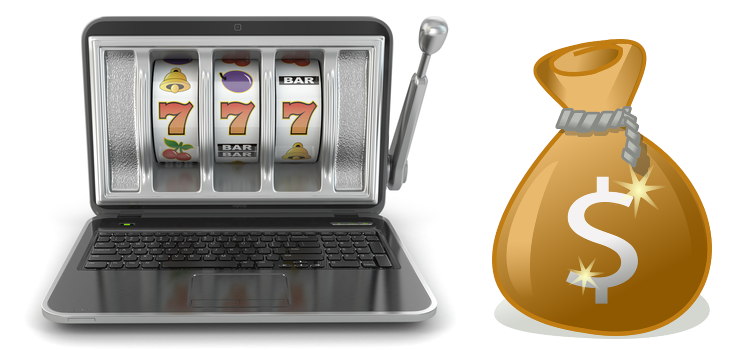Backgammon History
Backgammon tops other board games in popularity. It has been widely played in different forms across the ages. There was an earlier version of the game in Egypt almost 5000 years ago. That game, called senat was played on a board with 30 squares measuring 3×10-3×12-3×6. Similar boards excavated in the Far East, Greece, and Rome showed evidence that board games like backgammon were very much around even in the times of the ancient civilizations. The game enthralled all those who played it; from king to pauper.
The Ur al Chaldees royal tomb in Central Sumer yielded a board game and tetrahedral dice that proved the popularity of the backgammon with the royalty of Ur. Some excavated cuneiform tablets dating back to 177 B.C. had inscriptions pertaining to the rules of the board game. In Rome during Nero’s time, backgammon was a national past time. Some played it like strip poker, which added to its popularity. Backgammon also rivaled the entertaining festivals and games in the Circus Maximus and the gladiator combats staged in the Colosseum. The notorious King Nero played the maximum stakes. Other celebrities from those times who favored backgammon included the Roman emperor Caligula, Cleopatra, and Mark Anthony.
Earlier Backgammon Versions
The name backgammon supposedly comes from the Welsh word bach (little) and gammon /cammaun (battle). However, even before the game took on this name, it had several early appellations and applications.
The Roman Tabula of Ludus Duodecim Scirptorum was a backgammon game of 12 lines, which later reinvented itself into a game of two rows of 12 lines or points. This game was called Alea.
The Persians played Nard, another early backgammon version. This game spread in popularity to the Far East and Spain and became a well-known board game outside Persia. The upgrade of the Persian version is attributed to Bozorgmehr, a chess master of political and literary renown.
In Great Britain, knights coming home from the Crusades brought back with them thoroughbreds and a board game called Tables. Betting became so widespread in this form of the game that the game itself was banned for a while, until the reign of Elizabeth I.
Other countries with their backgammon versions are:
– Spain: Tables Reales
– Italy: Tavola Reale
– Turkey: Tavla
– Greece: Tavli
– France: Tric-Trac
– Germany: Puff
– China: Swan-liu
– Czech: Vrhcaby
Backgammon: Recent History
The game of backgammon has undergone a number of changes with the passage of time. IN recent times, changes have included the addition of the doubling dice and the revisions of the backgammon rules.
Like all other games and sports, backgammon too has evolved through the centuries, and continues to do so. The current modifications are happening to ensure ease of play and more interest in the online version of the game. The best-known addition to the game in recent times has been the introduction of competition-level backgammon by Prince Alexis Obolensky of Russia. He is also the co-founder of the International Backgammon Association.
The first Backgammon competition was held in the Bahamas. Soon the success of the competition ensures its popularity extended to the US and also swept across the ocean to Europe. The game soon became a mainstay in private clubs and tournaments were limited to club members and their guests.
The first multicultural backgammon tournament was organized in 1976. The successful event recorded 400 participants coming from different countries, including the United States, England, Ireland, Australia, Holland, Iran, Brazil, France, and Italy. Nowadays, there are a number of backgammon tournaments organized online as well.
By Riza
good person











No Comment